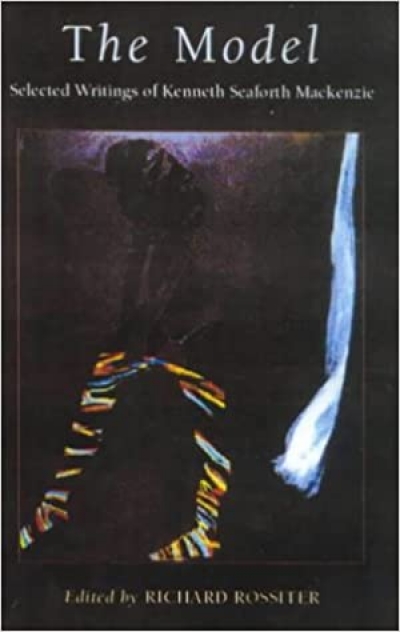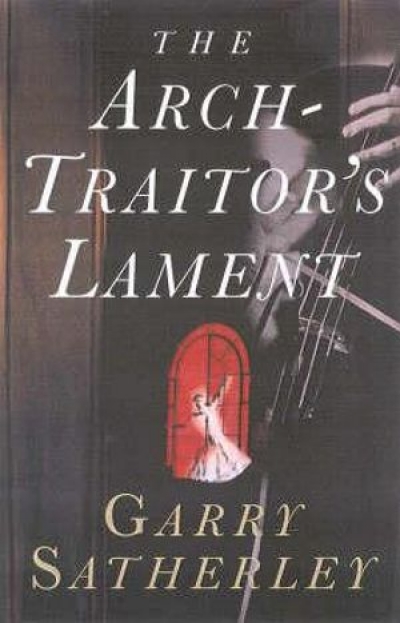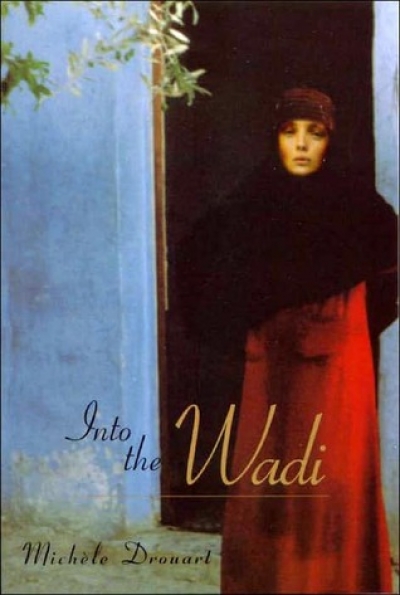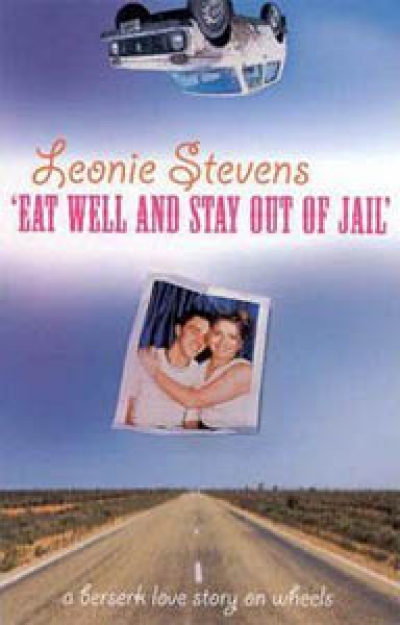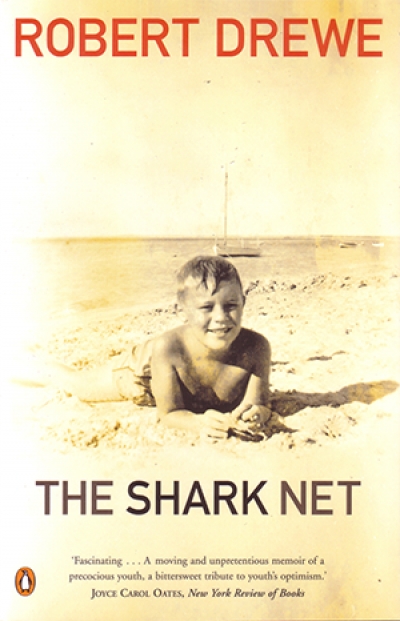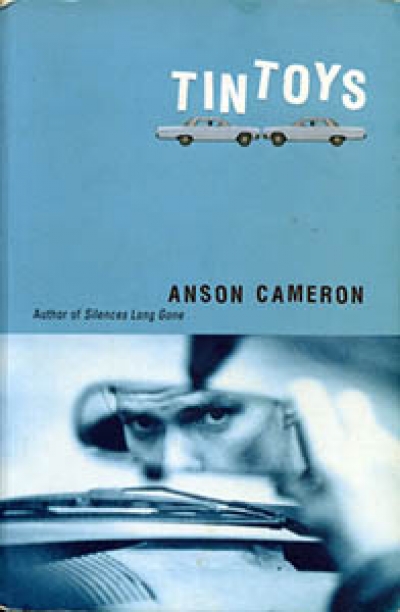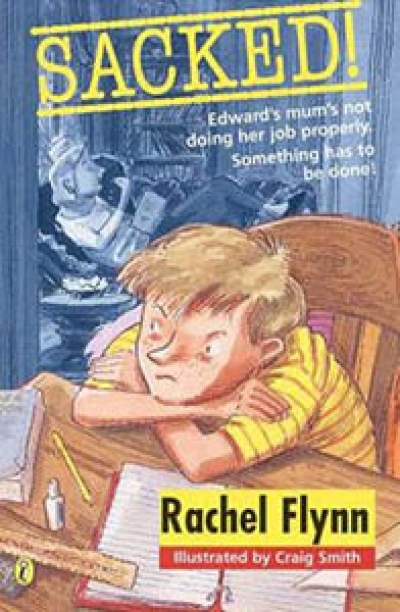Australian Fiction
The Model: Selected writings of Kenneth Seaforth Mackenzie edited by Richard Rossiter
by Thomas Shapcott •
A Symposium on the state of Australian Fiction with McKenzie Wark, Katharine England, and James Bradley ... (read more)
Eat Well and Stay Out of Jail by Leonie Stevens & Perfect Skin by Nick Earls
by Linda Jaivin •
Tin Toys by Anson Cameron & Stormy Weather by Michael Meehan
by David Matthews •
Sacked! by Rachel Flynn, illustrated by Craig Smith & Footy Shorts by Margaret Clark
by Stella Lees •

